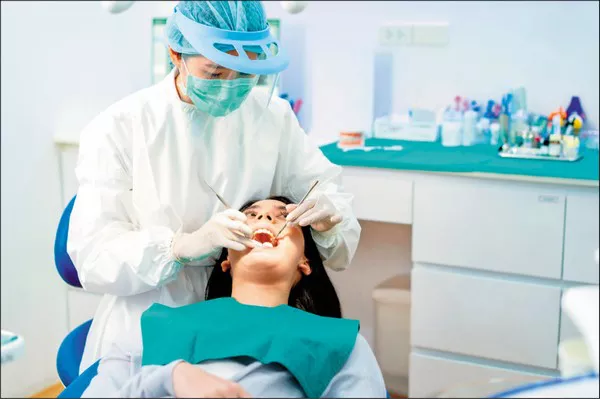A bright and radiant smile is often associated with confidence and good oral health. Teeth whitening has gained popularity as a means to achieve a whiter smile, but it’s crucial to prioritize safety when pursuing this cosmetic enhancement. With an array of whitening products and methods available, finding the safest approach is paramount. In this article, we will explore the safest ways to whiten teeth, considering both professional treatments and at-home options.
Professional Dental Whitening
In-Office Whitening:
In-office teeth whitening, performed by a dental professional, is one of the safest and most effective methods available. This procedure involves the application of a higher concentration of whitening agents under controlled conditions. The dentist takes precautions to protect the gums and surrounding tissues, minimizing the risk of irritation.
Customized Take-Home Kits:
Dentists also offer take-home whitening kits with customized trays and professional-grade whitening gel. These kits ensure proper fit and consistent application of the whitening gel. Since they are prescribed by a dentist, they offer a safe and effective solution for gradually achieving a whiter smile.
Over-the-Counter Whitening Products
Whitening Toothpaste:
Whitening toothpaste contains mild abrasives that help remove surface stains. While generally safe, these toothpastes may not provide significant whitening results for deeper stains.
Whitening Strips:
Whitening strips are adhesive strips coated with a whitening gel. They are applied to the teeth for a specific duration. While considered safe, they may cause gum irritation if not applied correctly.
Whitening Rinses:
Whitening rinses are mouthwashes that contain hydrogen peroxide or other whitening agents. They can help reduce surface stains but may take longer to show noticeable results compared to other methods.
Safety Considerations
Consultation with a Dentist:
Before starting any teeth whitening regimen, it’s advisable to consult with a dentist. A dentist can evaluate your oral health, assess the type of stains you have, and recommend the safest whitening method based on your specific needs.
Avoid Harsh Home Remedies:
Natural does not always mean safe. Avoid using harsh home remedies like lemon juice or baking soda, as they can damage tooth enamel and irritate the gums.
Follow Instructions:
Whether using professional treatments or over-the-counter products, it’s crucial to follow the manufacturer’s instructions carefully. Using whitening products excessively or incorrectly can lead to sensitivity and other dental issues.
Sensitivity Management:
Teeth sensitivity can be a common side effect of teeth whitening. To manage sensitivity, consider using a toothpaste formulated for sensitive teeth or applying desensitizing gel provided by your dentist.
Gradual Approach:
Whitening teeth gradually is safer and more effective. Rapid whitening attempts can lead to enamel damage and heightened sensitivity.
Maintaining Whitened Teeth
After achieving your desired level of whitening, maintaining the results is essential. Regular brushing, flossing, and dental cleanings can help prevent new stains from forming.
Conclusion
Achieving a whiter smile can enhance your confidence and overall appearance, but it’s vital to prioritize safety throughout the process. Professional dental treatments, under the guidance of a qualified dentist, offer the safest and most effective results. Over-the-counter products can be considered as well, but caution should be exercised to avoid adverse effects. Prioritize your oral health and consult with a dentist to determine the safest teeth whitening method tailored to your unique needs, ensuring that your journey to a brighter smile is both effective and safe.
Related Topics:



























